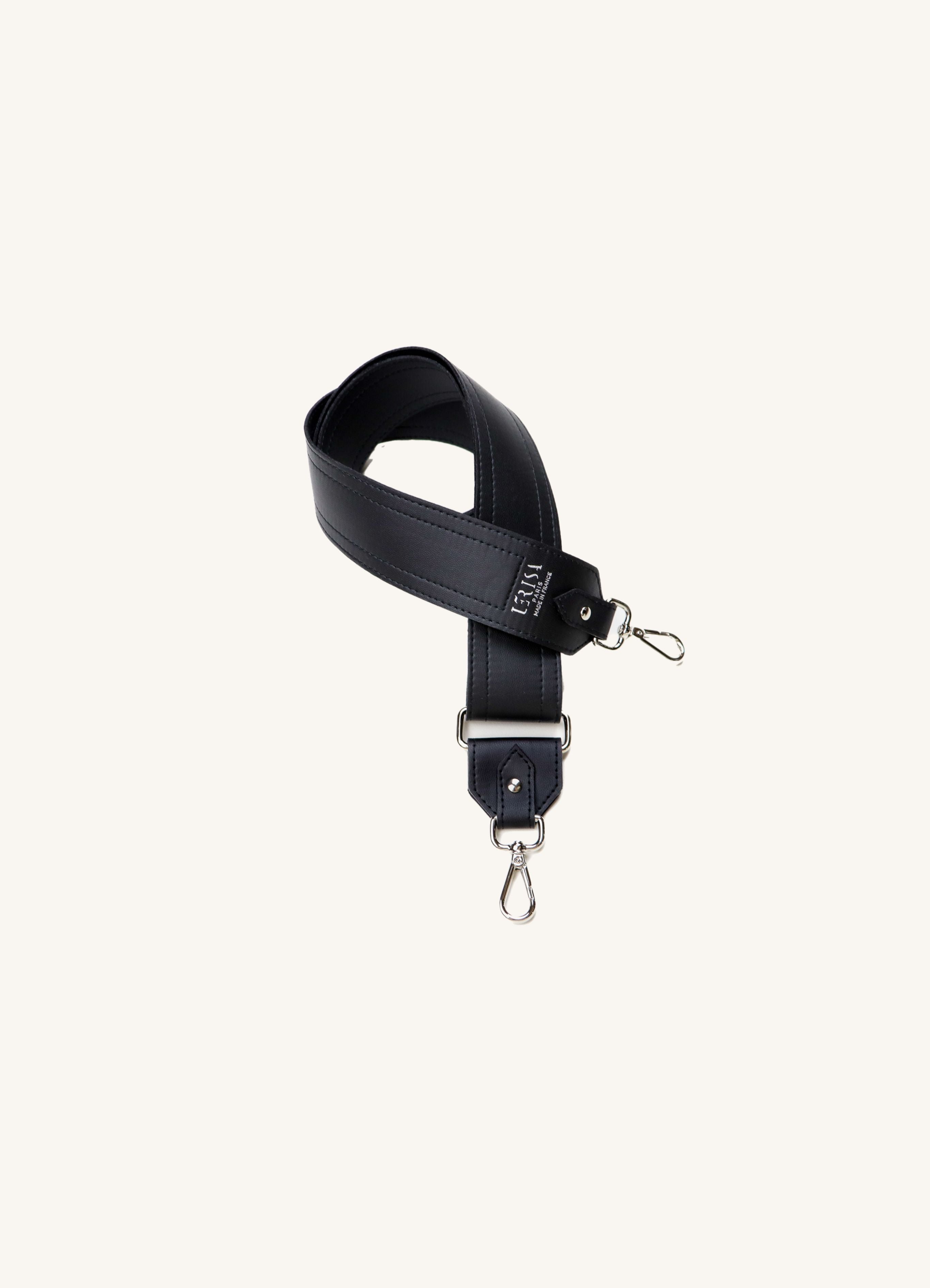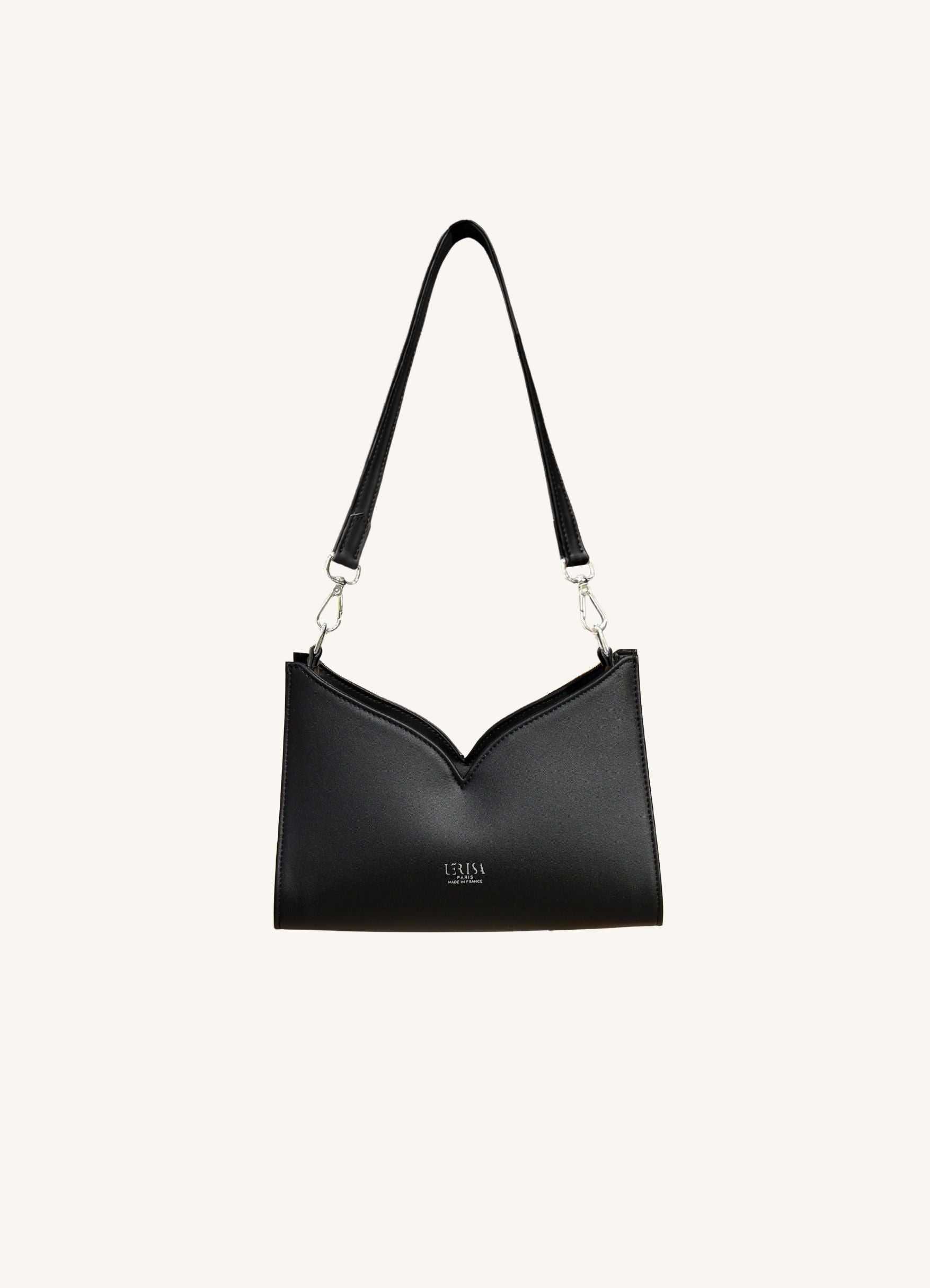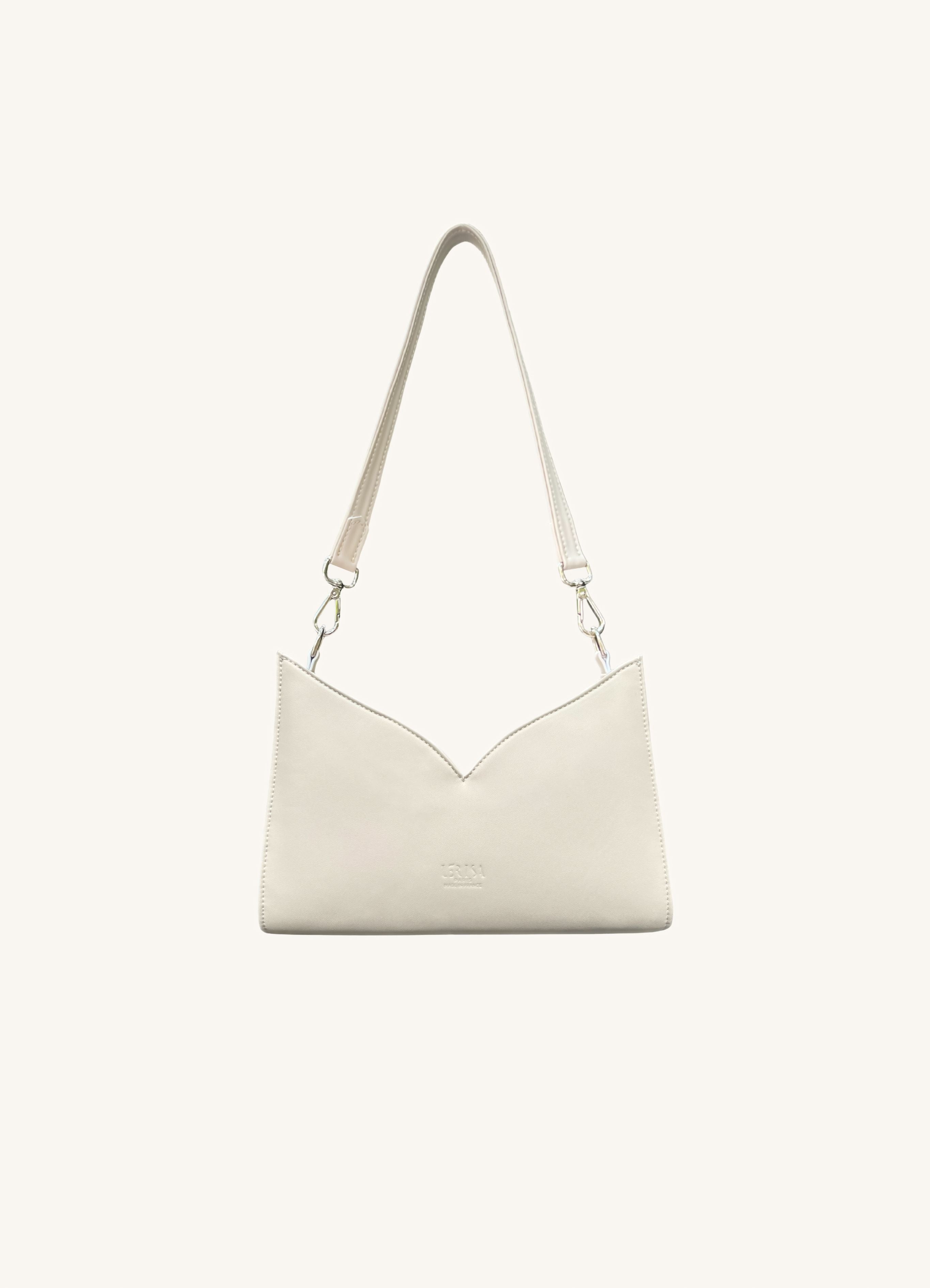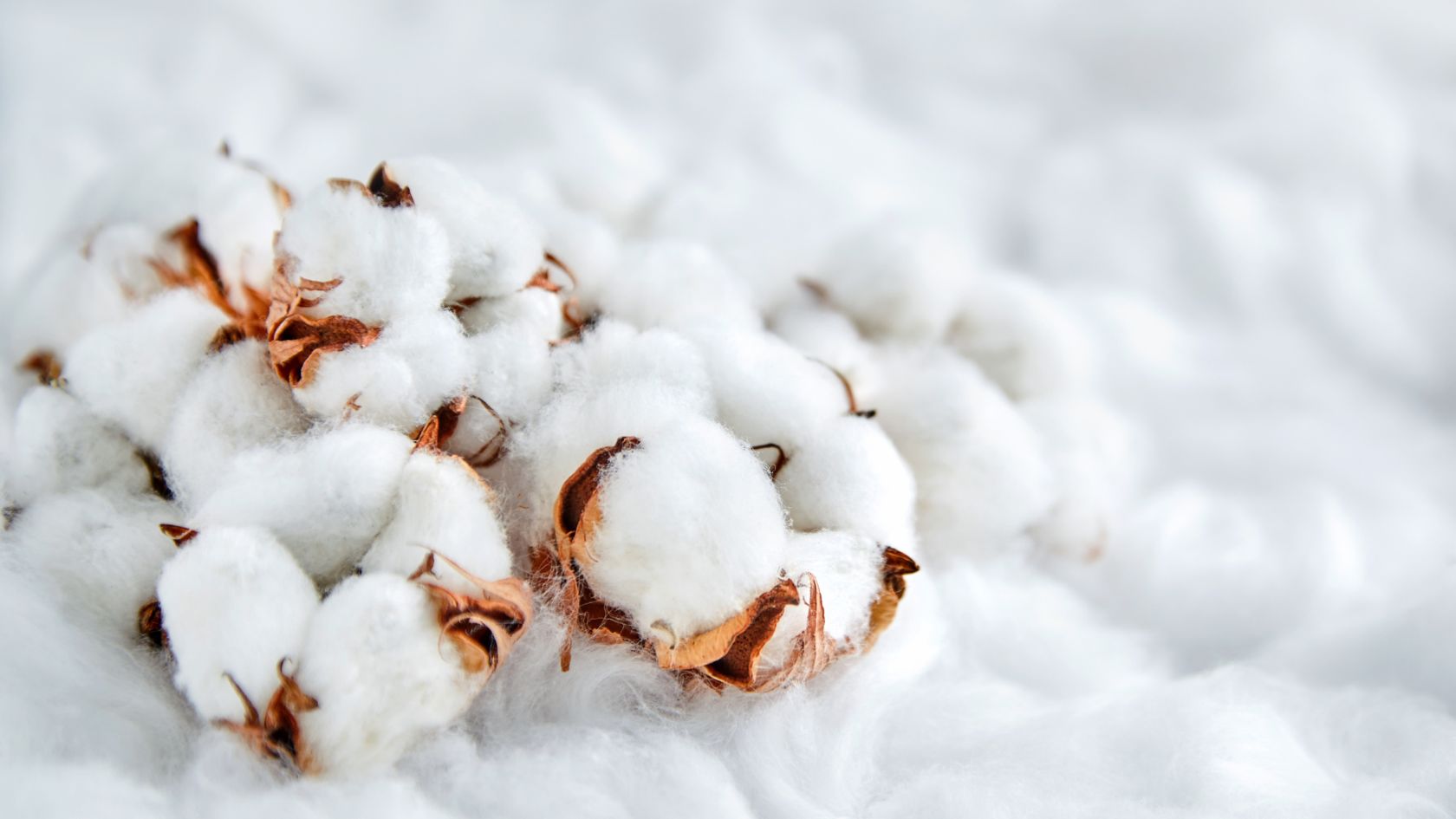The Amazon rainforest covers 6.9 million km2 and is found in 9 South American countries. A true carbon sink, rich in biodiversity, it represents 5% of the earth's surface and is home to nearly 10% of animal and plant species. It is fundamental for our survival as well as that of the planet, but today more than ever, it is in danger. In 2020, in just one year, more than 1.1 million hectares of Brazilian forests have disappeared, a tragic record recorded for more than ten years. This loss in area is equivalent to a country like Qatar. Over the past decade, 6.7 million hectares of the Brazilian Amazon rainforest have gone up in smoke (source: TerraBrasili

Leather and deforestation
One of the most worrying causes of the destruction of the Amazon rainforest is the cattle industry. According to a study conducted by World Resources Institute, “of seven products analyzed, cattle farming has by far replaced more forests. Cattle pastures now occupy 45.1 million hectares of land deforested between 2001 and 2015.” The cattle industry is therefore the main driver of deforestation, far ahead of soybean farming , palm oil, cocoa or coffee. It alone is responsible for 80% of the deforestation of the Amazon. Deforested land is used either for grazing livestock or for producing grain to feed them.
With more than 210 million animals, Brazil is the world's largest producer of beef, followed by India and the United States . Of all this breeding, 80% of cowhides are exported, mainly to Italy (29%) and China (47%) (Report: Rainforest Foundation Norway). The strong development of this industry is driven by a growing global demand for meat and leather.

Leather, a sector that is difficult to trace
From the breeding of the animal to the finished leather, several steps follow one another.
In Brazil, the exact origin of leather is difficult to trace. One of the main causes that makes it impossible for manufacturers to know whether cattle were born on deforested land is due to the fact that animals do not stay on the same farm throughout their growth. During the different stages of their life, they are transported from one farm to another, making the traceability of livestock to their place of birth impossible. Two types of livestock suppliers are distinguished, direct and indirect suppliers. And often the origin of the animal comes from farms with well-known links to livestock raised on recently deforested Amazonian lands.The heart of the problem is the lack of traceability of the origin of the animal and therefore the origin of the leather, which does not allow companies, which are further afield on the supply chain, to guarantee leather without deforestation

The Leather Working Group is the leading international auditing and certification body. It assesses the environmental compliance and performance capabilities of its members, particularly leather manufacturers. Created in 2005 on the initiative of a group of brands and tanneries, it promotes sustainable environmental practices. But in one of its latest reports, the LWG states that it only ties leather to tanneries and not to farms or supply chains, making it unable to guarantee that leather products leather are free from deforestation.
Traceability in leather supply chains is still a long and difficult way to go. But the growing demand for traceability back to the breeding farm has prompted the LWG organization to review and increase its audit requirements concerning the provenance of raw materials from areas at risk of illegal deforestation.
The second largest importer of Brazilian leather in the world and the largest importing country in Europe is Italy.
82% of European leather manufacturers are based there. This industry includes tanneries and specialized manufacturers in the footwear, fashion, furniture and automotive sectors.
According to SlowMotion “If you're wearing leather shoes, a leather belt, or a leather purse, chances are it's made of cowhide that contributed to the destruction of the Amazon rainforest.”
While none of the brands deliberately choose leather from deforestation, they source from manufacturers and tanneries whose leather is linked to deforestation.
While deforestation is at the heart of current issues, systematic controls of tanneries and supply chains are still in their infancy .
Aware of this environmental disaster, the European Commission published, on November 17, a bill proposing to ban the import of products linked to deforestation . In the sights of the European Union: coffee, cocoa, soy, beef and the leather from which it is derived.
If you want to sign the petition: WWF for a law against deforestation.
Discover our article: Deforestation, what are the causes and consequences?
.














Leave a comment